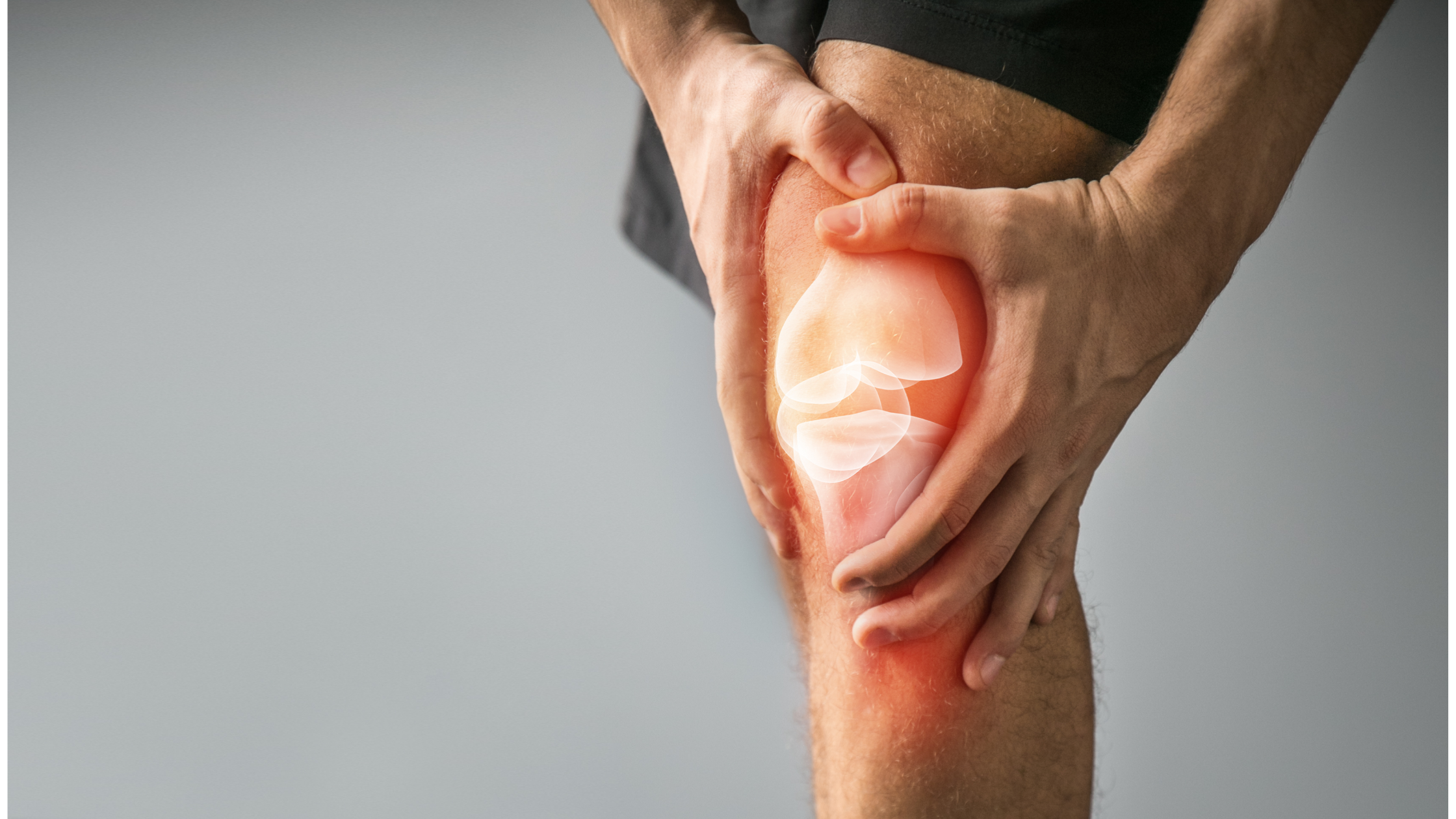Joint pain is one of the most common complaints among adults, particularly those over 50. It refers to any discomfort, soreness, or inflammation affecting the joints—the areas where bones meet. While joint pain can be acute (short-term) due to injury or overuse, many people suffer from chronic joint issues caused by medical conditions or lifestyle factors.
What Causes Joint Pain?
Joint pain has a wide range of causes. Understanding the underlying source is the first step toward effective treatment. Common causes include:
Osteoarthritis: The most prevalent cause, resulting from the gradual wear and tear of cartilage that cushions joints.
Rheumatoid Arthritis (RA): An autoimmune disorder that causes the immune system to attack joint tissues.
Injuries: Sprains, fractures, or ligament tears can lead to ongoing discomfort if not properly treated.
Gout: Caused by an accumulation of uric acid crystals in the joints, leading to intense pain and swelling.
Lupus and Fibromyalgia: These chronic systemic conditions often include joint pain as a primary symptom.
According to Harvard Health, poor lifestyle habits—such as a sedentary routine, obesity, and poor nutrition—also significantly contribute to joint issues.
How to Relieve Joint Pain Effectively
1. Medical Treatments
a. Over-the-Counter Medications
NSAIDs (e.g., ibuprofen, naproxen): Reduce inflammation and swelling.
Acetaminophen: Useful for pain relief without anti-inflammatory effects.
b. Prescription Medications
DMARDs (Disease-Modifying Anti-Rheumatic Drugs): Commonly prescribed for RA and other autoimmune conditions.
Corticosteroids: Provide rapid relief but are typically used short-term due to side effects.
Biologic Agents: Target specific immune responses, offering precision in treatment for conditions like RA.
c. Joint Injections
Corticosteroid Injections: Help reduce inflammation directly within the joint.
Hyaluronic Acid Injections: Used especially in knee osteoarthritis to improve joint lubrication and function.
2. Physical Therapy and Movement
a. Why Exercise Helps
Regular physical activity strengthens the muscles around joints, maintains flexibility, and reduces stiffness. It’s especially vital for those with chronic conditions like osteoarthritis.
b. Recommended Exercises
Low-impact cardio: Swimming, cycling, and walking protect joints while improving circulation.
Strength training: Supports joint stability and reduces the risk of falls or injury.
Stretching routines: Yoga and tai chi improve flexibility and range of motion.
The Arthritis Foundation emphasizes that staying active is one of the most effective non-drug strategies for managing joint pain.
3. Lifestyle Modifications
a. Maintain a Healthy Weight
Excess weight adds stress to weight-bearing joints like the knees, hips, and spine. Losing even 5–10% of your body weight can significantly reduce pain and improve mobility.
b. Ergonomic Adjustments
Use supportive tools and furniture:
Ergonomic chairs
Cushioned kitchen mats
Adjustable workstations
c. Sleep and Stress Management
Lack of sleep and chronic stress can amplify pain perception. Prioritize sleep hygiene and use relaxation techniques such as deep breathing, meditation, or guided imagery.
4. Natural Remedies and Home Care
a. Nutritional Supplements
Glucosamine and Chondroitin: Believed to help rebuild cartilage and relieve mild pain.
Turmeric (Curcumin): A natural anti-inflammatory.
Omega-3 Fatty Acids: Support joint lubrication and reduce inflammation.
b. Hot and Cold Therapy
Heat therapy: Relaxes muscles and enhances circulation.
Cold therapy: Numbs sharp pain and reduces swelling after activity.
c. Topical Pain Relievers
Capsaicin Cream: Blocks pain signals by depleting a pain-transmitting substance.
Menthol and Camphor Balms: Provide cooling relief to soothe sore joints.
5. Alternative and Complementary Therapies
a. Acupuncture
Proven in some studies to reduce joint pain and stiffness, especially in osteoarthritis, by stimulating natural pain-relieving chemicals.
b. Massage Therapy
Improves circulation, reduces tension, and alleviates surrounding muscle tightness.
c. Chiropractic Care
Can be helpful, particularly for spine-related joint problems like facet joint pain.
6. Surgical Options (When Conservative Care Isn’t Enough)
a. When to Consider Surgery
If joint pain severely limits your mobility or daily function, and other treatments have failed, surgery may be the best option.
b. Common Procedures
Joint Replacement Surgery: Replaces damaged joints with artificial implants (commonly hips or knees).
Arthroscopy: Minimally invasive surgery to remove or repair damaged joint tissue.
Joint Fusion: Often used for small joints in the hands or feet when replacement isn’t possible.
Preventing Joint Pain: Tips for Long-Term Health
Stay Physically Active: Even 30 minutes of daily movement can protect your joints.
Adopt an Anti-Inflammatory Diet: Focus on foods rich in antioxidants and omega-3s, such as berries, leafy greens, nuts, and fish.
Avoid Processed Foods: High sugar and trans fats can increase inflammation.
Schedule Regular Health Checkups: Especially if you have a family history of joint-related conditions.
Real-Life Story: Natural Relief in Action
Maria, age 58, struggled with knee osteoarthritis for years. She began walking 30 minutes daily, shifted to a Mediterranean-style diet rich in vegetables, whole grains, and olive oil, and started supplementing with turmeric and fish oil. Within six months, Maria experienced reduced stiffness, better mobility, and no longer needed daily pain relievers.
Final Thoughts: Your Path to Joint Pain Relief
Managing joint pain isn’t about finding a single solution—it’s about creating a personalized strategy that includes medical care, movement, nutrition, and supportive therapies. Whether you’re facing mild discomfort or chronic inflammation, take proactive steps today. Consult with a healthcare provider to develop a tailored treatment plan and reclaim your comfort and mobility.

